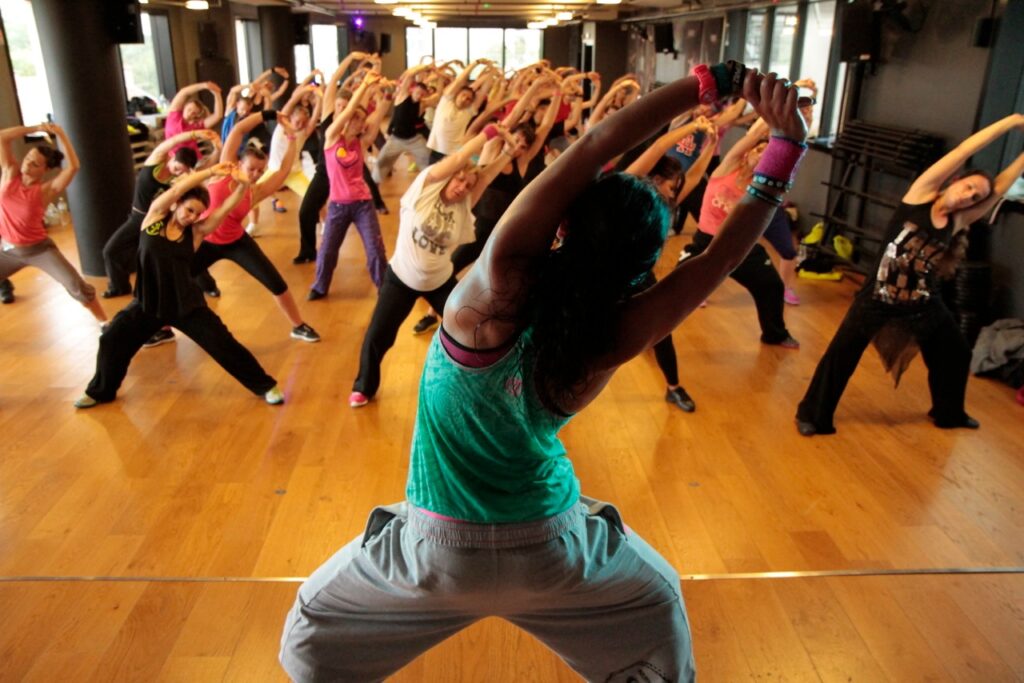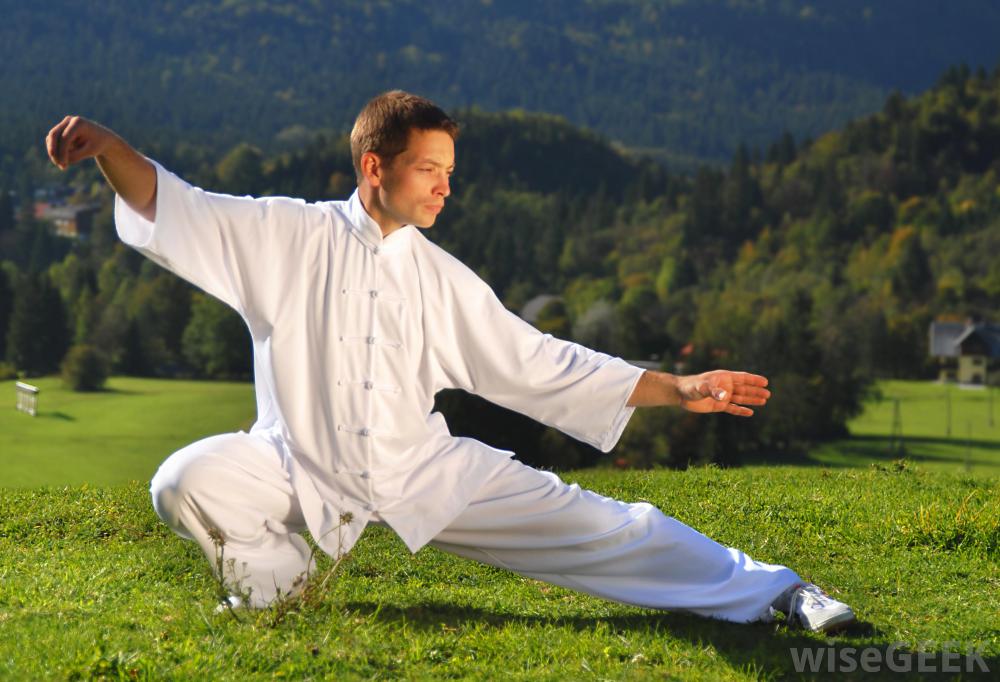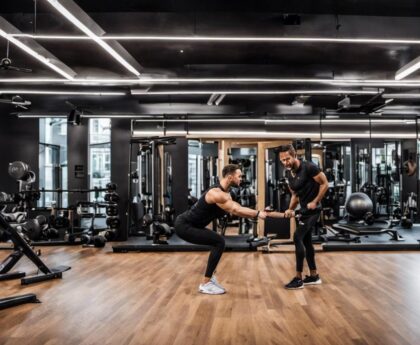boost brain health, Any exercise can help build a healthier brain. However, these kinds of activities are the most beneficial.
It’s not a surprise that exercising is beneficial for the health of your brain. Exercise can provide many excellent, immediate benefits, such as boosting the mood of your mind and providing you with that post-exercise buzz.
Still, it also triggers many notable changes within your brain to ensure long-term cognition and health.
“Exercise generally is the best thing you could do to improve your brain health,” says Matthew Stults-Kolehmainen, PhD.
FACSM is an exercise physiologist and exercise researcher at Yale New Haven Hospital. “Some scientists believe the original purpose for the brain is to aid people to move.”

The positive connection between physical activity about healthy brain function–mental well-being and management of mood memory, executive functioning and memory and degenerative brain disease prevention is an essential topic of study and debate.
We’ve learned a lot about the physical brain changes that occur through exercise, including changes in brain size and connectivity, as well as the amount of oxygen reaching brain tissue, neuroplasticity (how neurons develop, change, adapt, and communicate) and the growth of brain-derived neurotrophic factor (BDNF an essential protein in maintaining and generating neurons) and more.
Researchers and doctors are exploring deeper to determine the amount of exercise we require and what exercises are best to maintain the best brain health.
Certain types of exercise are certainly more beneficial than none. However, the most effective method to increase fitness for the brain is an ever-changing subject.
How much time should you train to improve the health of your brain?
The current suggestion for exercise quantity and duration, as per the World Health Organization The current recommendation, can be as low as the equivalent of 50 minutes of physical activity at least three times per week.
According to Stephen M. Rao, PhD, director of the Cleveland Clinic Schey Center for Cognitive Neuroimaging. A precise prescription for the best amount and type of exercise to perform during those hours is currently being investigated worldwide.
“A suitable duration allows you to finish your workout feeling energetic,” says Stults-Kolehmainen. This means you don’t have to perform exercises that leave you exhausted.
If you’re doing that, you may be exercising too much, at the very least, in terms of benefits for your brain. “Cerebral blood flow appears to be highest at 60 to 70% of oxygen intake and decreases following that point,” he says.
Translation? Working out at 60-70 per cent of maximum effort is doing great things in your brain’s structure, specifically the prefrontal cortex, which is the charge of short-term memory, cognition and executive function.
Any effort that is higher than that appears to indicate a decrease in the effect of exercise on the brain.
It is important to remember that each person begins at a different point. One who’s lived an incredible life of sedentary life with no or little routine physical activity could start doing just 10 minutes of exercise every day and feel identical perceived benefits–the perceived impact of a particular exercise/exercise on a person–as compared to an active person who often exercises every day for 30 to 60 minutes.
The key is to start from where you are initially, as the transition from 0 to 10 minutes could benefit your mind. Once you’ve reached the physical level at which you can take on more, you can make it slightly more challenging or work out for a bit longer to see more improvement and test your brain.
It is known that various forms of exercise affect multiple brain functions. Most activities provide some benefits or even reduce the stress that can hurt the brain when it’s chronic.
Regularity and consistency are essential factors regarding exercising to maintain the brain healthily and sharp. A well-known research study on fitness and brain health focused on the impact on the brain health of different forms of exercise for various durations.
The study found that the brain receives other benefits from different forms of movement and that the brain reaps better and more diverse benefits from exercise over time (weeks, months, years, weeks, as opposed to days)–regardless of the type of exercise.
The Best Methods of exercise for brain health
While it’s difficult to recommend an exercise program that is universally applicable to everyone, here are some tips to remember and guide your exercise routine.
There have been more research studies to prove how the aerobic workout can be superior to stretching and toning exercises or strengthening (in the context of training to strengthen the brain).
Additionally, “exercise that has a more intense focus will have a greater demand on your cortex,” Stults-Kolehmainen says.
It could take the kind of exercise that involves several steps (like dancing or tai chi) or an activity that captivates your attention long enough not to distract you or put your brain into autopilot mode. The line can sometimes be confusing to walk, but.
You’ll need to choose exciting exercises to hold your attention but not excessively demanding that you’re forced to give up.
The ability to be creative and innovative is crucial for brain health, which is why changing the types of exercise you do and making your workouts more varied and pushing you to try something new can keep your brain alert and fire in a new way.
Plan your workout for the entire week, including a variety of methods throughout the week: a few days of cardio machines at the gym with a yoga class with a few yoga classes in it as well as one or two days of strength training using resistance bands or weights.
Stults-Kolehmainen echoes the advice that health experts, physicians and researchers have said: “The best exercise is the one you can be able to do and maintain.”
Here are five kinds of exercise that can benefit your brain.
Dance
Take advantage of the Zumba dance class or salsa! Dancing isn’t just fun as it is relaxing, liberating, and physically challenging; it’s beneficial to your brain. Numerous studies, including an article from the New England Journal of Medicine, have demonstrated that dancing can reduce the chance of developing dementia.

“New ideas attract humans,” notes Stults-Kolehmainen. It is, therefore, natural, according to him, that dancing is a great stimulation for the brain as “it can be extremely innovative and complex, as well as mentally and socially stimulating — all things that brains appreciate.”
Are you afraid to dance in front of others? Try a streaming site such as Obe or Sculpt Society that includes dance cardio classes, dance-infused fitness for the whole body, and much more.
Cycling
Cycling in the outdoors is believed to confer positive cognitive effects for those who are 50 or over. Research studies have demonstrated that interval training in indoor cycling has positive effects on Parkinson’s patients.

Rao surveys high-risk sedentary individuals aged 65-80 using stationary Peloton bikes. Peloton bike to determine whether riding three times every week for 30 minutes at a time improves brain health and helps slow the progression of illnesses like Alzheimer’s.
“We believe and hope that exercise can reduce negative brain changes,” Rao says. “The reason is that exercise protects neurons and helps reduce inflammation levels in the brain. The Alzheimer’s disease changes are aggravated by inflammation.”
Interval Instruction
Interval training–a training session where the participant alternates between two different activities or levels of intensity has demonstrated some improvement in the BDNF (that vital protein needed for the functioning of neurons) that aids in studying and memory.
But finding that perfect spot where you can get in a great workout without overly draining your body–is crucial.

You’ve likely experienced HIIT, which is intense interval training and involves switching between intense exercise and a rest period for several cycles, usually in a 1-1 (sometimes 2:1) recovery-to-work ratio. Certain studies have shown that one minute of intense exercise, followed by a minute of low-intensity training, can have positive effects.
However, for optimal brain health, Stults-Kolehmainen recommends reducing the intensity to make every interval one of a smaller duration running for a minute and then running for 6 seconds.
This way, you’ll reap the benefits of interval training without accumulating lactic acid or other adverse impacts from exercising very hard.
Don’t worry as much about making your workout super-high-intensity, especially if you’re just getting started.
Instead, focus on sticking to an interval routine and making your exercise more varied (e.g. walking for one minute, then jogging for one minute).
Benefit: Interval training is a great way to keep your interest longer than straight-up high-intensity exercise or 45 minutes of moderate activity on the treadmill.
Brisk Walking
Walking provides several fantastic health benefits and benefits, but a fast pace can do even more suitable for your brain.

A study conducted in the last few years found that taking more than 4,000 steps per day could improve memory in older people. Walking is easy and free (can be) social and does not require any equipment. If you can go outside walking, a strenuous walk in nature can be a great way to enjoy the outdoors.
Tai Chi
With the power of balance, breath, body coordination, and various movements, tai chi is an excellent exercise to strengthen the brain.

Research has shown that this old-fashioned meditation practice can help with memory and growth in the brain and improve mood regulation and stress reduction.
Tai chi is low-impact and gentle on joints, making it ideal for older and beginners. It’s also free of equipment, led by an instructor and can be practised outdoors.
read more The Best Cork Yoga Mats For Any Practice





